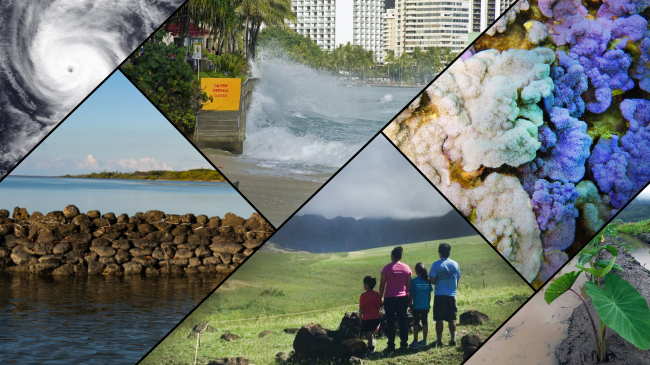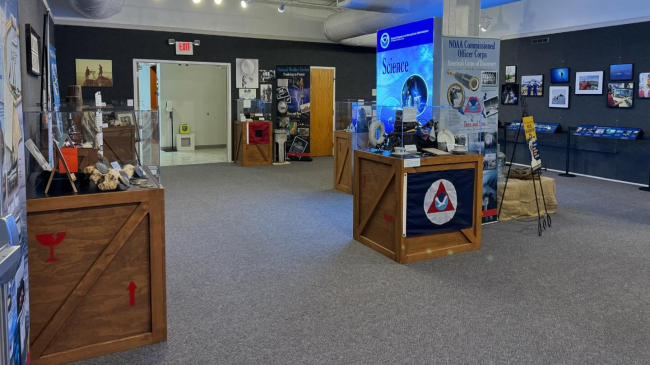NOAA partnerships, smart technology to map the deepest and darkest ocean regions
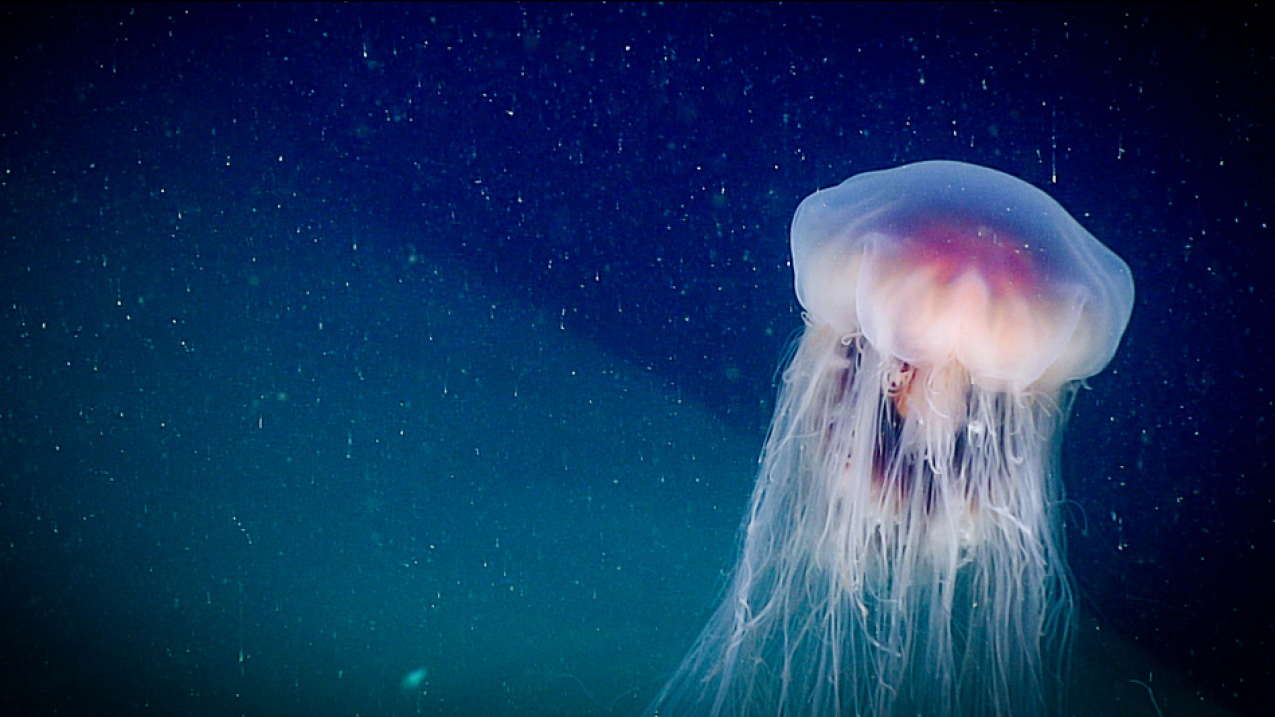
This medusa belongs to the genus Cyanea, a jellyfish well-known to bloom and occur in large numbers in surface waters. (Image credit: NOAA)
America’s waters are largely unknown, with vast areas still unmapped. Only 46 percent of U.S. ocean, coastal and Great Lakes waters are mapped to modern standards.
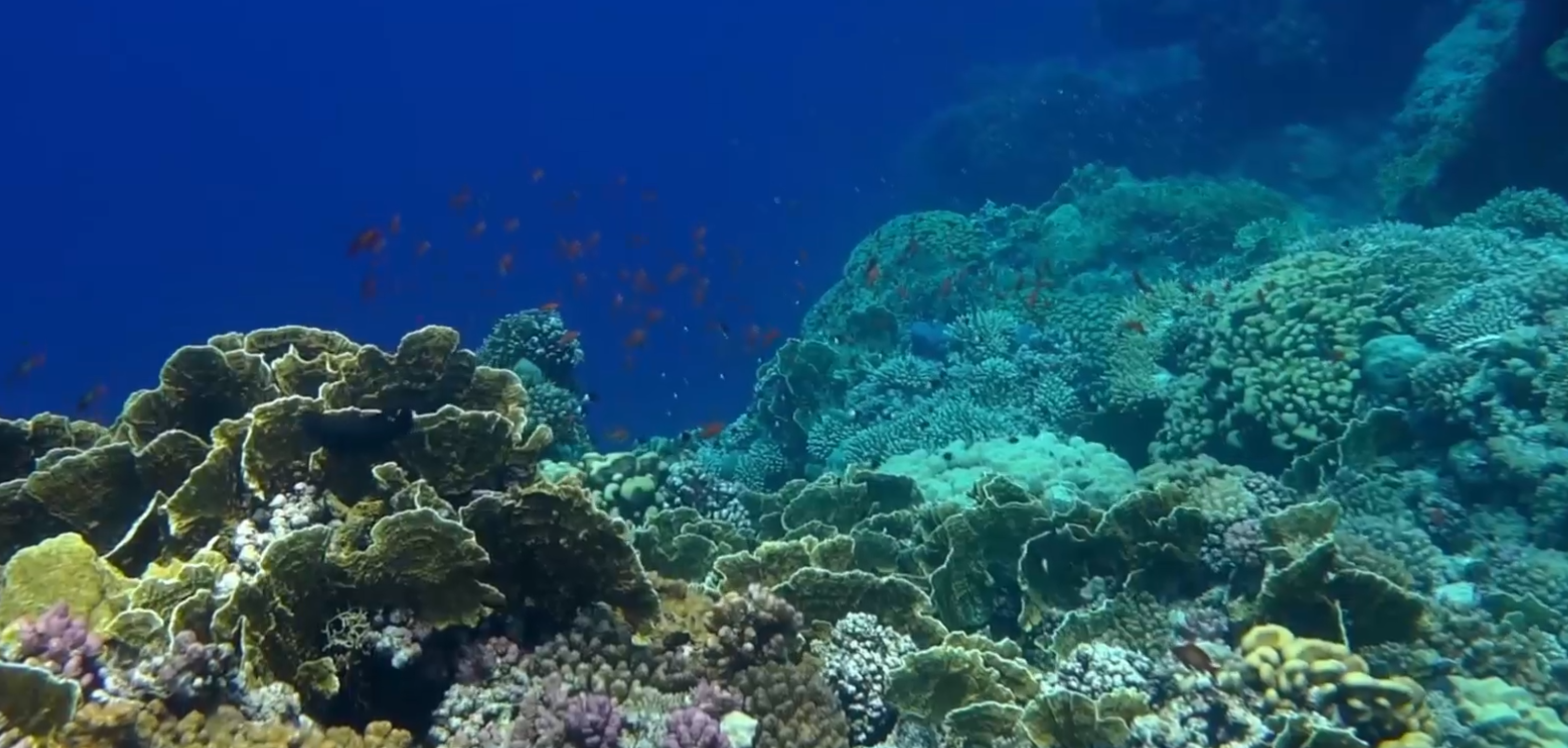
New and expanded NOAA partnerships can help fill these gaps, supporting a national strategy to completely map U.S. deep water by 2030 and nearshore waters by 2040. This year, NOAA and eight ocean partners agreed to explore, characterize and share ocean data, helping to close gaps in mapping the U.S. Exclusive Economic Zone (EEZ) and build understanding about remote global areas.
Little is known about these remote areas. Just five to 10 percent of the ocean has been explored since the U.S. Exploring Expedition set sail in the Pacific in the mid-1800s.
Filling the gaps is vital to human and marine health, safe navigation and national security. It's key to balancing use of ocean resources, learning how the ocean influences climate, and unlocking immense ecological and economic potential.
As this story map shows, new access to unparalleled partner technologies can accelerate NOAA advances in ocean science, yielding societal benefits in ways yet unimagined.
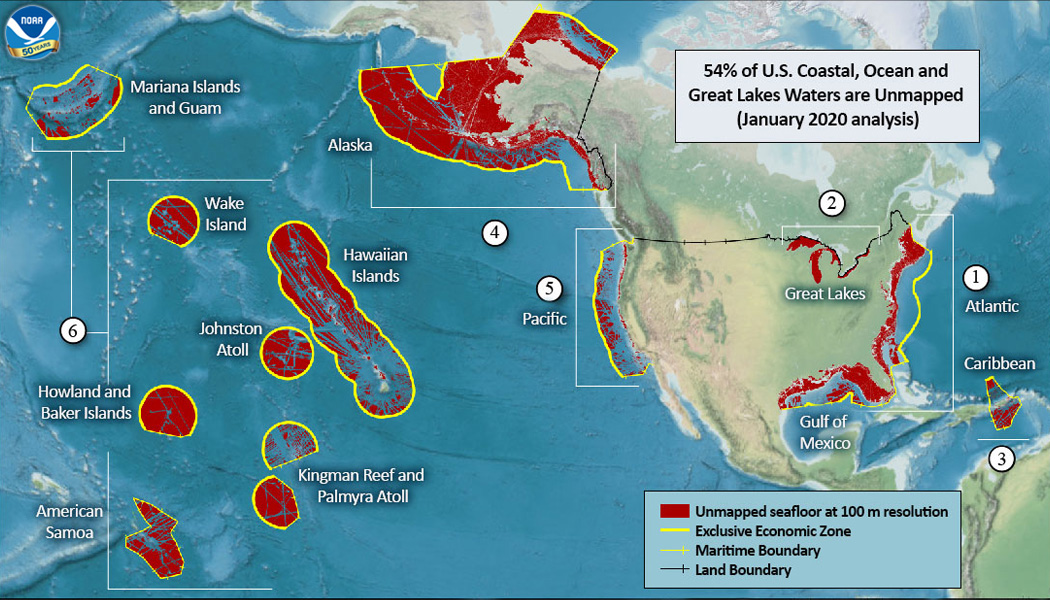
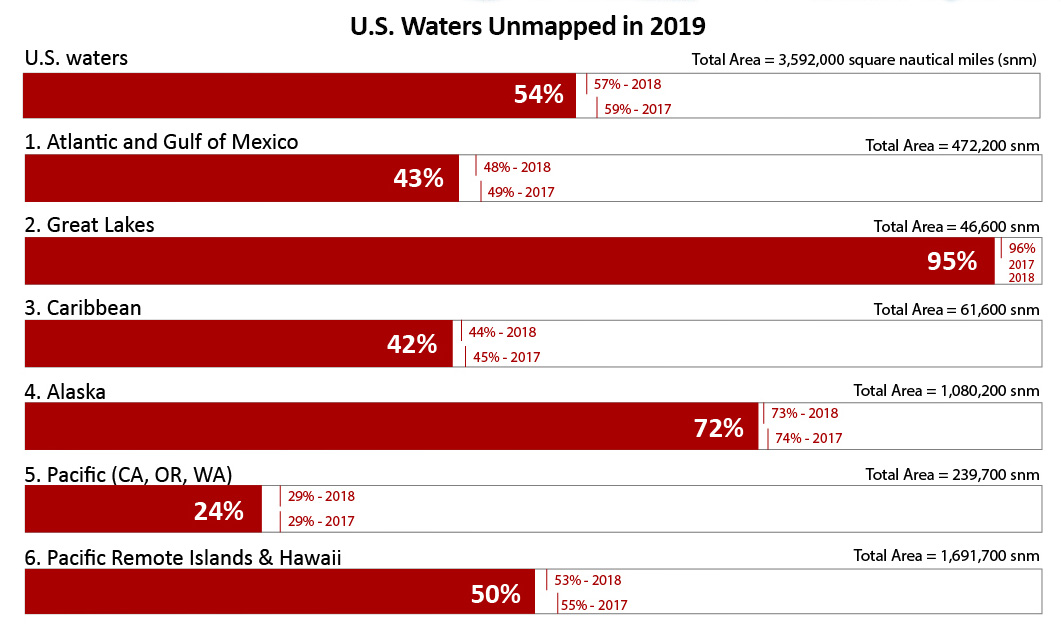
Filling data gaps
NOAA’s partnership with Vulcan, Inc. recognizes that filling data gaps is a call to action. Since sound data underlie sound policy, robust data are essential to knowing how well ocean strategies and policies are working.
Seeing foundational data as a game-changer, NOAA and Vulcan look forward to jointly pursuing research aimed at advancing technologies to better understand the deep ocean. Shared interests include NOAA science and data-collection capabilities and Vulcan's investments in incubating technologies and tackling a range of environmental issues.
NOAA and Vulcan have collaborated before, deploying an array of deep ocean floats in a key area off Brazil's coast in 2017. This year, 27 Deep Argo floats began reporting back, providing insight into how changes in the bottom half of the ocean may influence weather, climate and sea-level rise.
Argo global ocean array
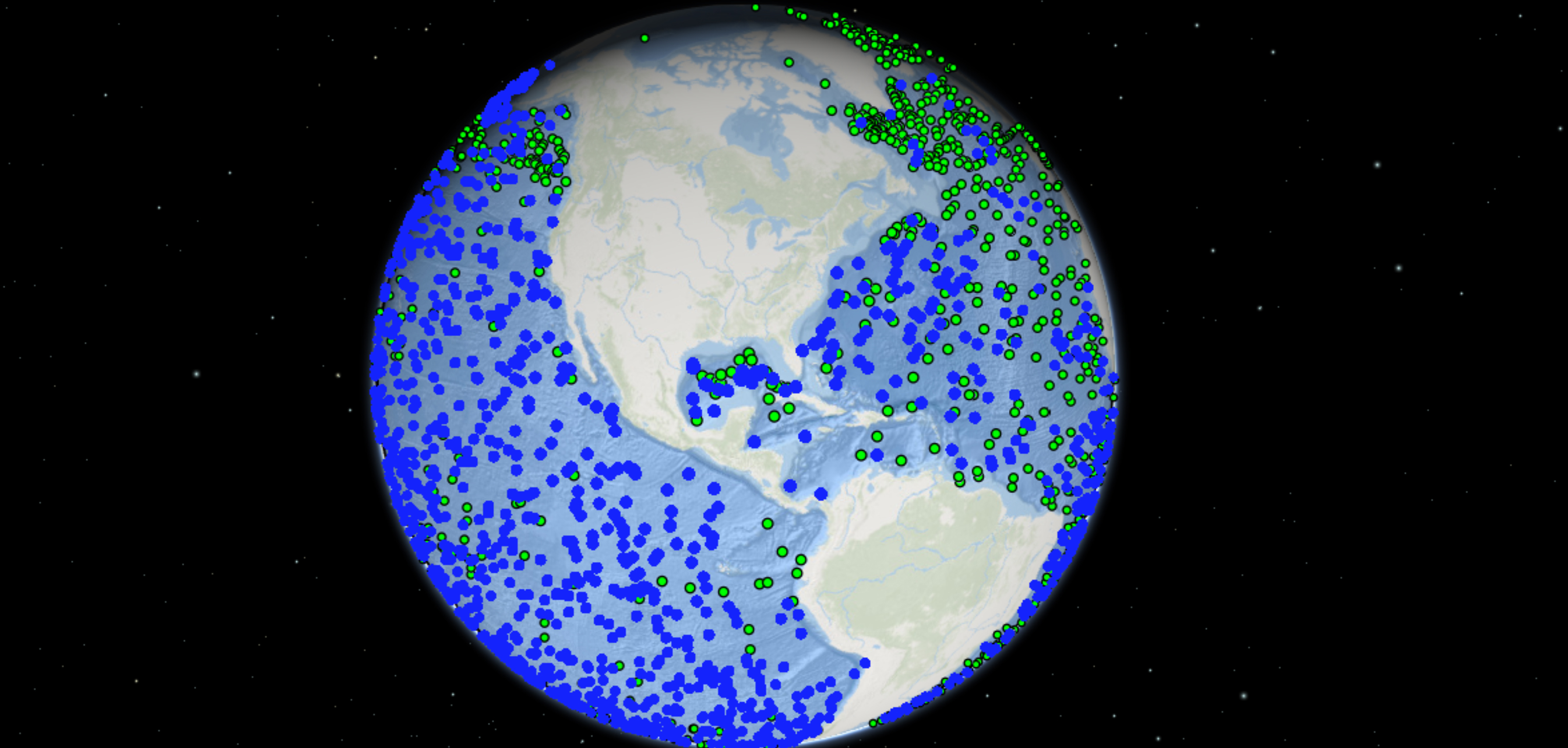
Each year, in real-time, nearly 4,000 floats report about 140,000 measurements. Data are publicly available offsite link, and a wide range of stakeholders uses the data to predict climate, weather, fisheries and ocean conditions.
Bound for new depths
NOAA and pioneering ocean explorer Victor Vescovo are bound for new depths, aiming to investigate the world's deepest, darkest and coldest ocean regions.
The goal is to characterize and map new areas for the first time, leveraging NOAA science, a decade of expertise aboard NOAA Ship Okeanos Explorer, and the capabilities of Vescovo's company, Caladan Oceanic.
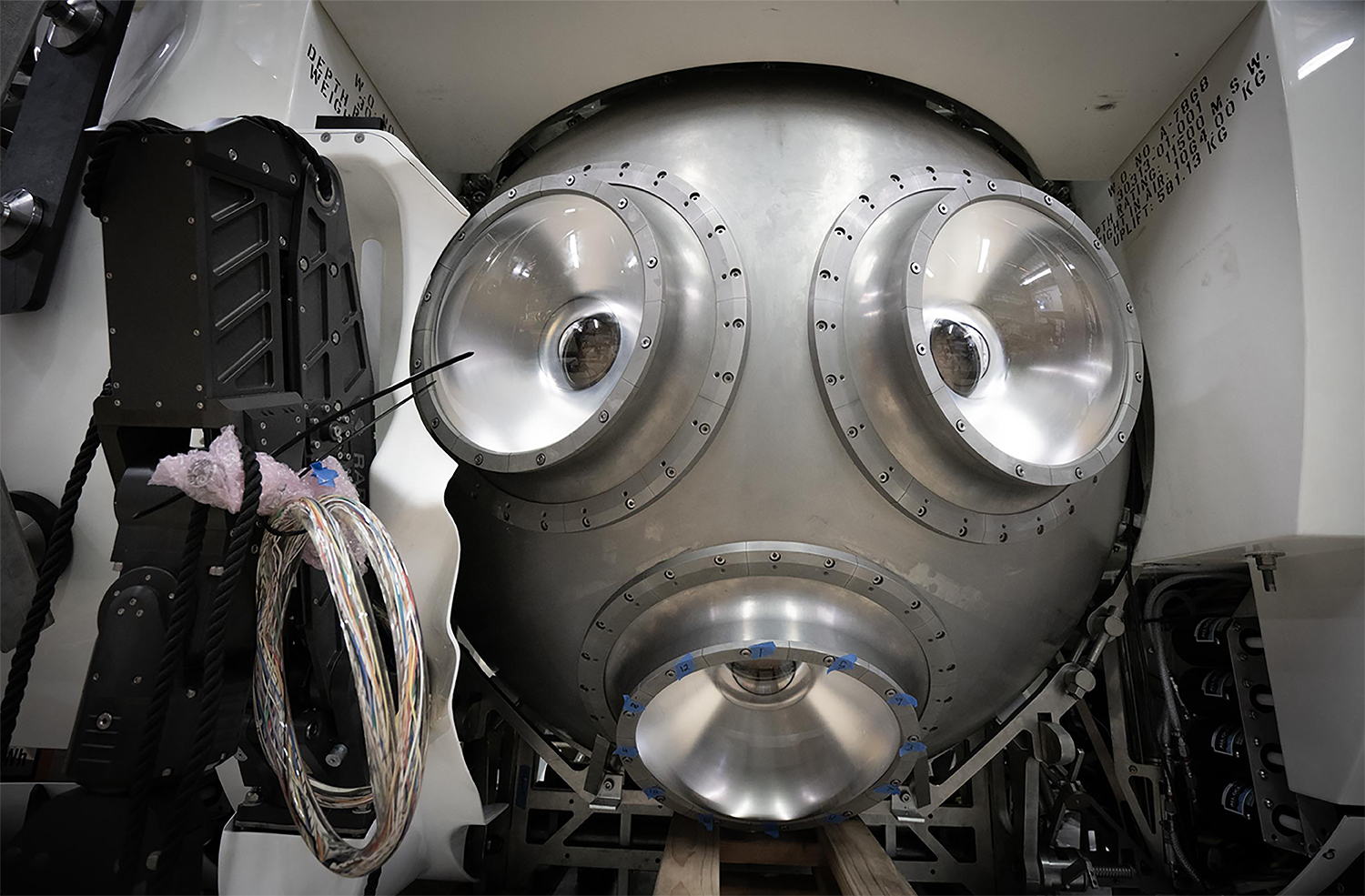
Limiting Factor, a full ocean depth-capable submersible, can be a major asset. In 2018 and 2019, Vescovo piloted Limiting Factor to the deepest trenches of all five of the world's major oceans. His journey included a nearly seven-mile dive into the Marianas Trench in the western Pacific Ocean.
At one point in the dive, Vescovo told Live Science, “I just sat back, ate a tuna fish sandwich, and enjoyed the view.”
In June, he made six more dives to the bottom of Challenger Deep in the Marianas Trench, considered the deepest area in the global ocean. The data he brought back are expected to more precisely answer two questions: How deep is the ocean, and where is the deepest spot located?
This video captures of the first of these dives.
Deep-water marvels
NOAA and Ocean Infinity hope to deliver ocean information from largely unknown areas. Plans call for developing new robots and other deep-water autonomous technologies to collect ultra-high resolution information.
Innovative new technology also can advance NOAA's drone systems and artificial intelligence, both critical to better understanding deep waters and fully mapping the U.S. EEZ.
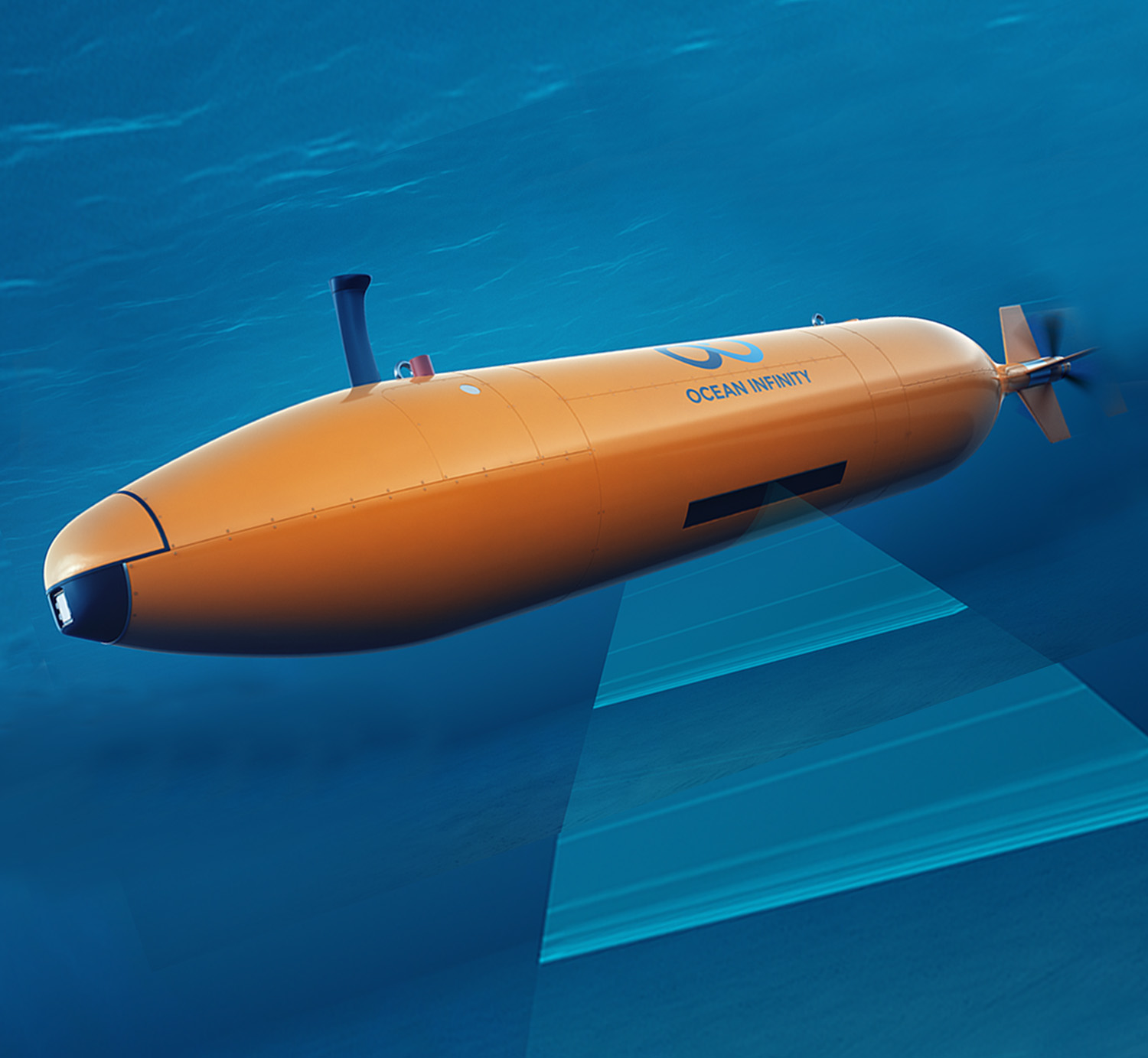
With new methods of collecting and processing data, the aim is to rapidly characterize and communicate information about some of the world's most remote ocean areas.
Telepresence will bring the value and wonders of the ocean to the public and academia. In real-time, video and other information will connect the ocean and its relevance to the life above it.
Uncharted waters
Teamed to explore new ocean worlds, NOAA and OceanX look ahead to investigating incredible ecosystems and inviting the public to join the journey.
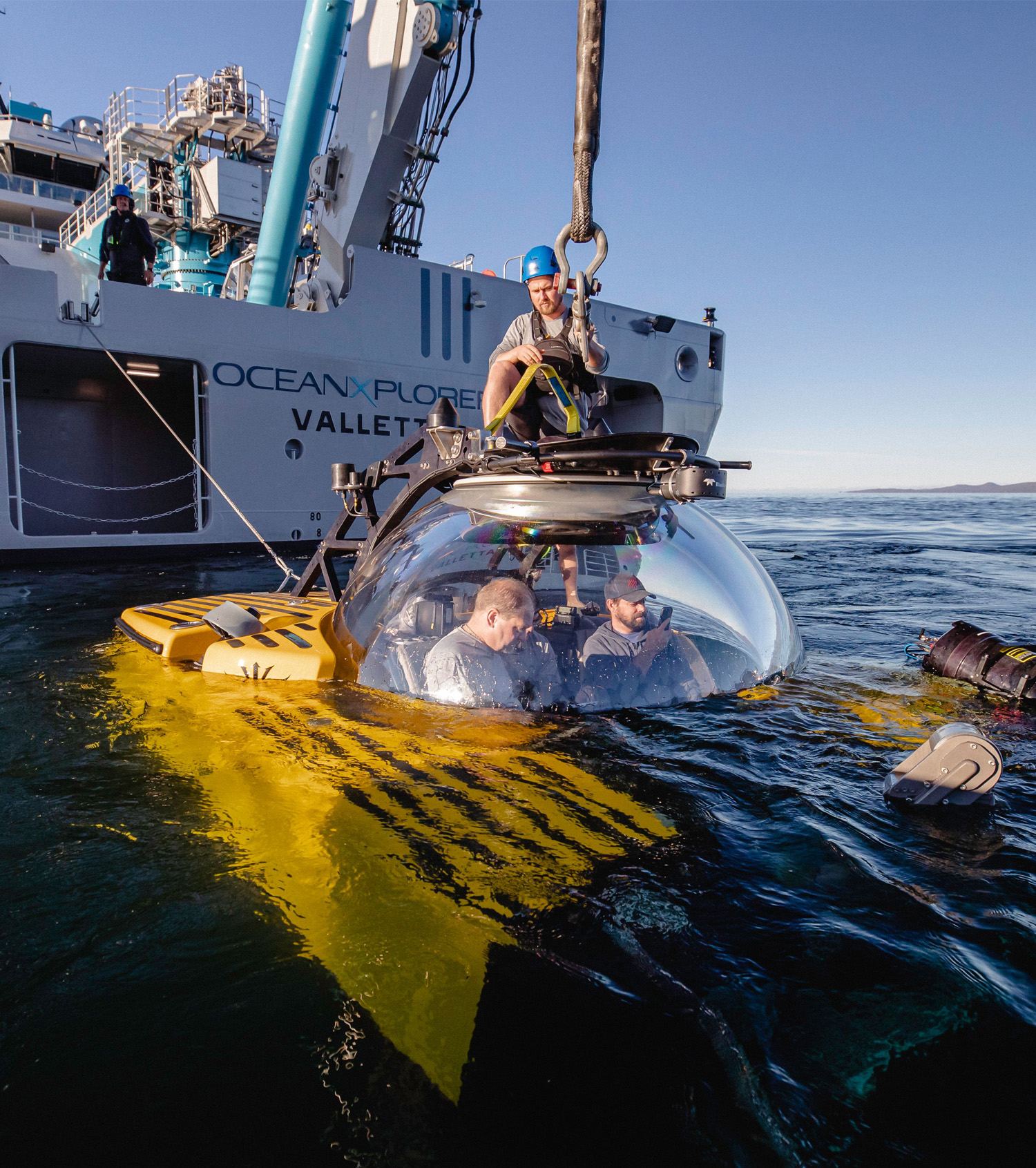
OceanXplorer, OceanX's new vessel, was designed from the ground up for cutting-edge scientific research and storytelling.
NOAA scientists expect to be aboard OceanX expeditions headed to remote waters to better understand ocean ecosystems. Over time, this research will lead to more informed management of vital ocean resources.
Dedicated to building ocean stewards and inspiring new generations of explorers, OceanX welcomes the world to its expeditions, documenting discoveries with full film production capabilities. Aspiring explorers can share the action on giant screens and TV and in exhibits and online.
New on the Great Lakes
In 2022, when Viking inaugurates expeditions on the Great Lakes, NOAA scientists will be aboard, expanding extensive research already being conducted in waters containing 95 percent of our nation's freshwater supply.
Visits to Thunder Bay National Marine Sanctuary and Lake Superior National offsite link Estuarine Research Reserve offsite link will be regular stops on the cruise agenda.
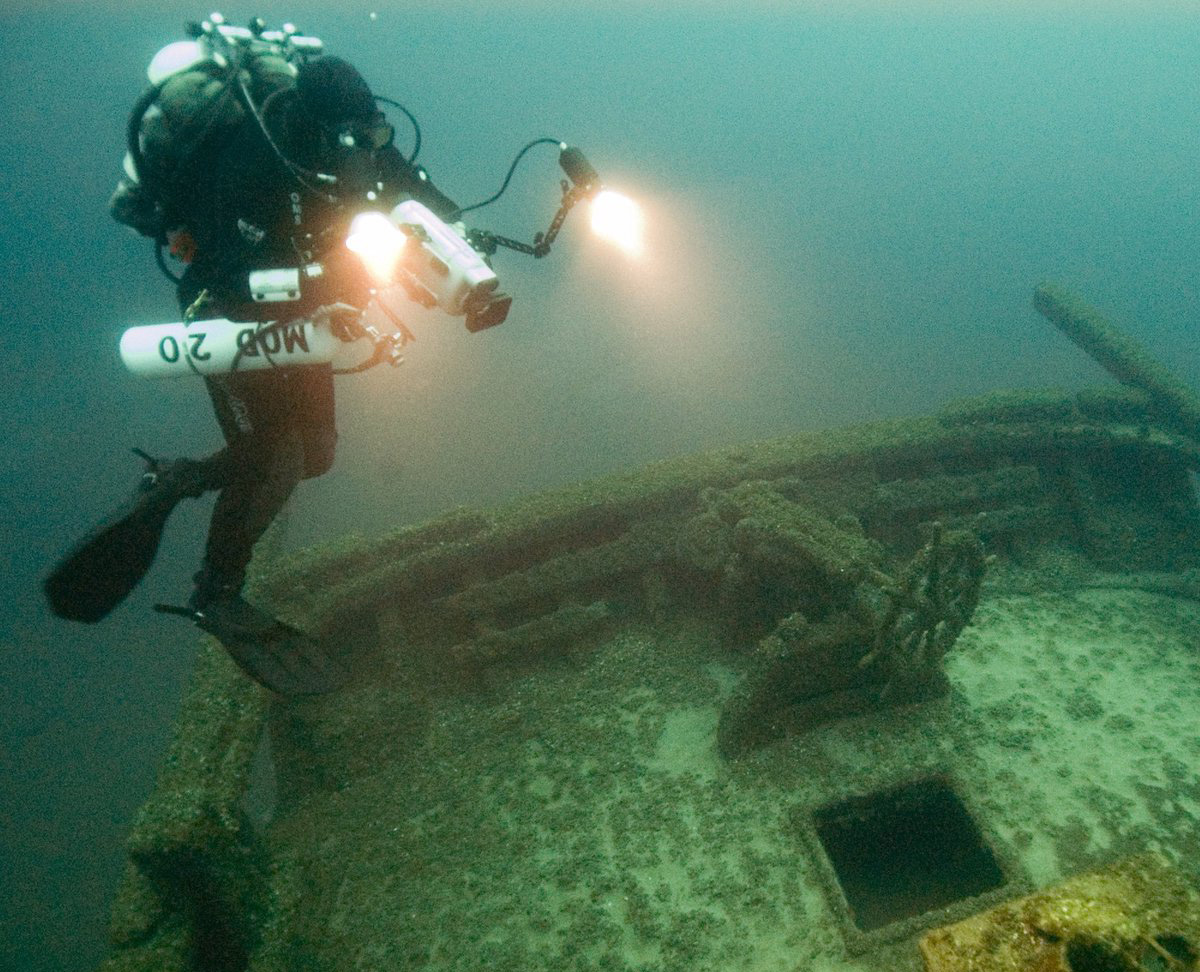
Viking passengers can also be hands-on, joining scientists in the ship’s laboratory and adding to citizen science projects.
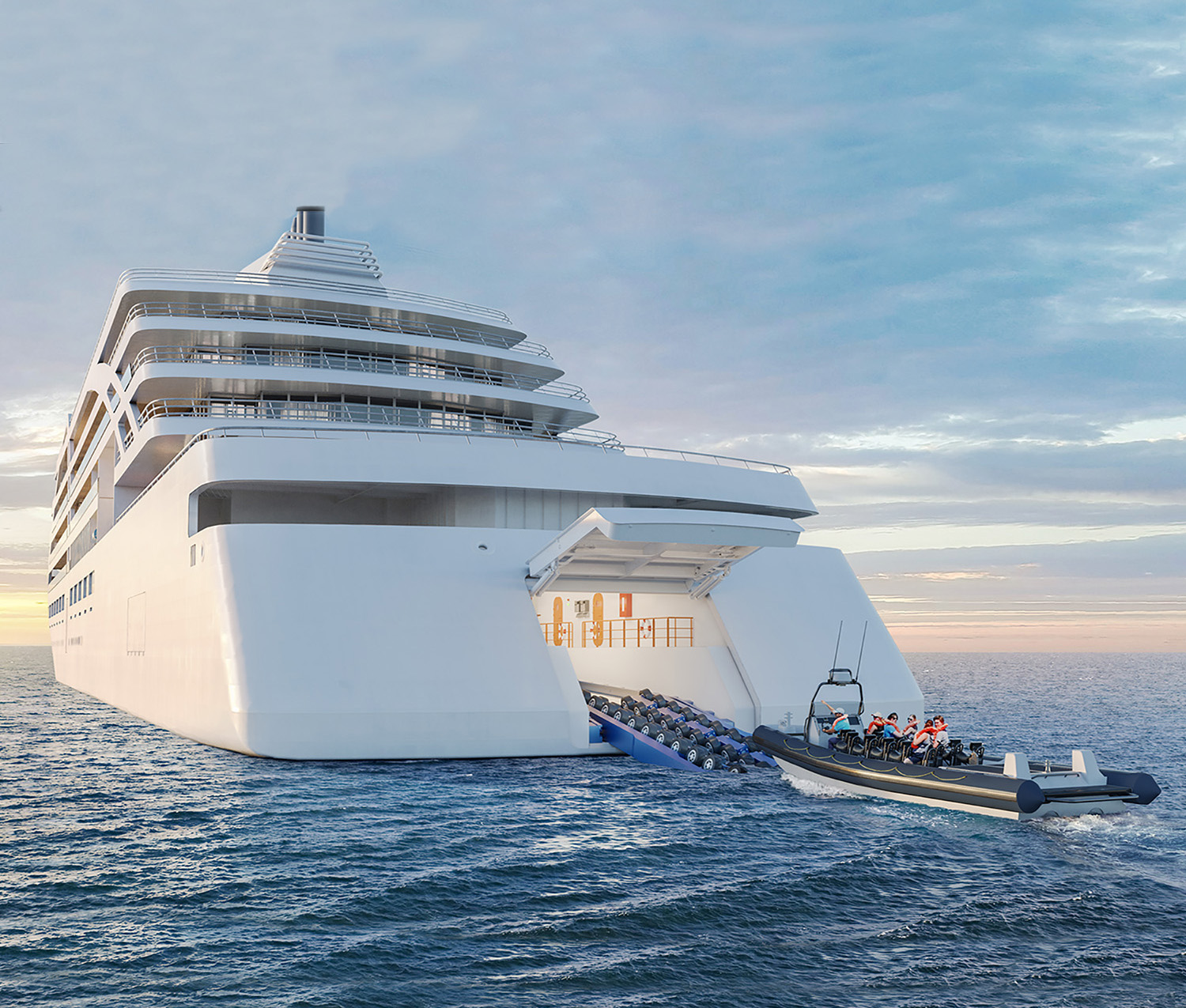
Glimpse into the future
Uncrewed systems aren’t new at NOAA, but a strategy released this year will significantly increase their use across the agency. NOAA and Scripps Institution of Oceanography at the University of California San Diego are partnering on aspects of the strategy to improve how the systems collect ocean observations and improve forecasts.
One of the first collaborations includes designing, outfitting and testing an unattended and uncrewed surface vessel with a meteorological and oceanographic payload. NOAA and Scripps aim to transition technologies such as this to operational platforms that collect critical environmental data.
Innovating and increasing the use of uncrewed marine and aircraft systems will benefit many NOAA programs by strengthening safety; decreasing risk, especially in remote and extreme areas; and expanding data collection and use, often at lower cost.
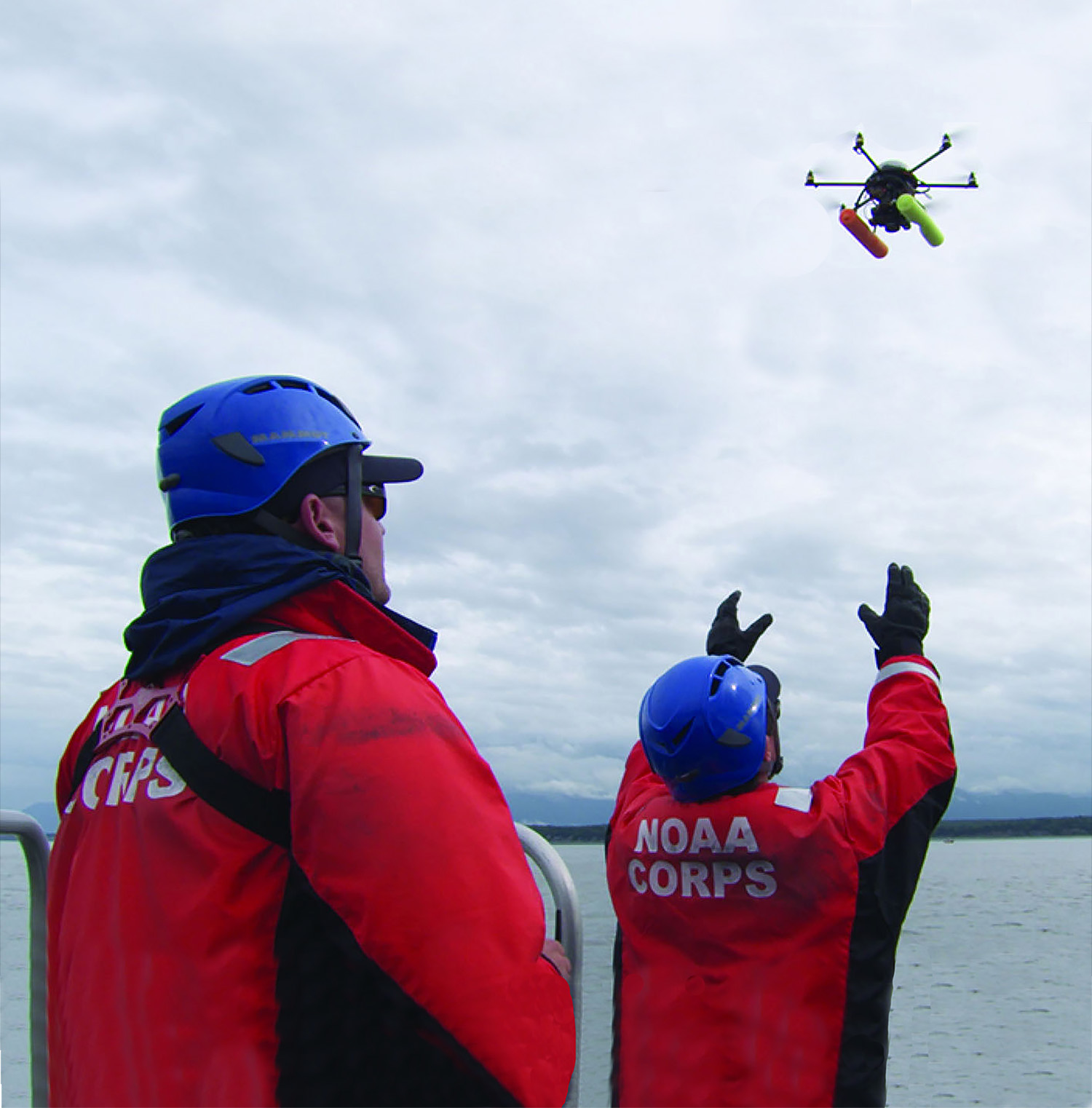
Frontiers of science
For years, NOAA and Schmidt Ocean Institute have worked at the frontiers of ocean exploration, jointly characterizing and mapping the deep ocean and educating the public about the value of the work. This year, the partnership was expanded to accelerate the missions of both organizations.
During past joint explorations. the work of one expedition has often leveraged the work of another. Live seafloor broadcasts, ship tours and education campaigns added to data collection and mapping achievements in the Pacific Ocean.
Expanding the partnership opens dynamic new opportunities to advance scientific discovery, promote understanding about the mostly unknown ocean, and innovate and leverage ocean technologies, especially now, during what is often called “a technological revolution.”
Robots head to sea
NOAA, the U.S. Navy and academic partners plan to expand the development and use of uncrewed systems in U.S. coastal waters and the global ocean. Naval Oceanography has pioneered the use of these systems for over 20 years, giving NOAA extensive expertise, infrastructure and training to leverage.
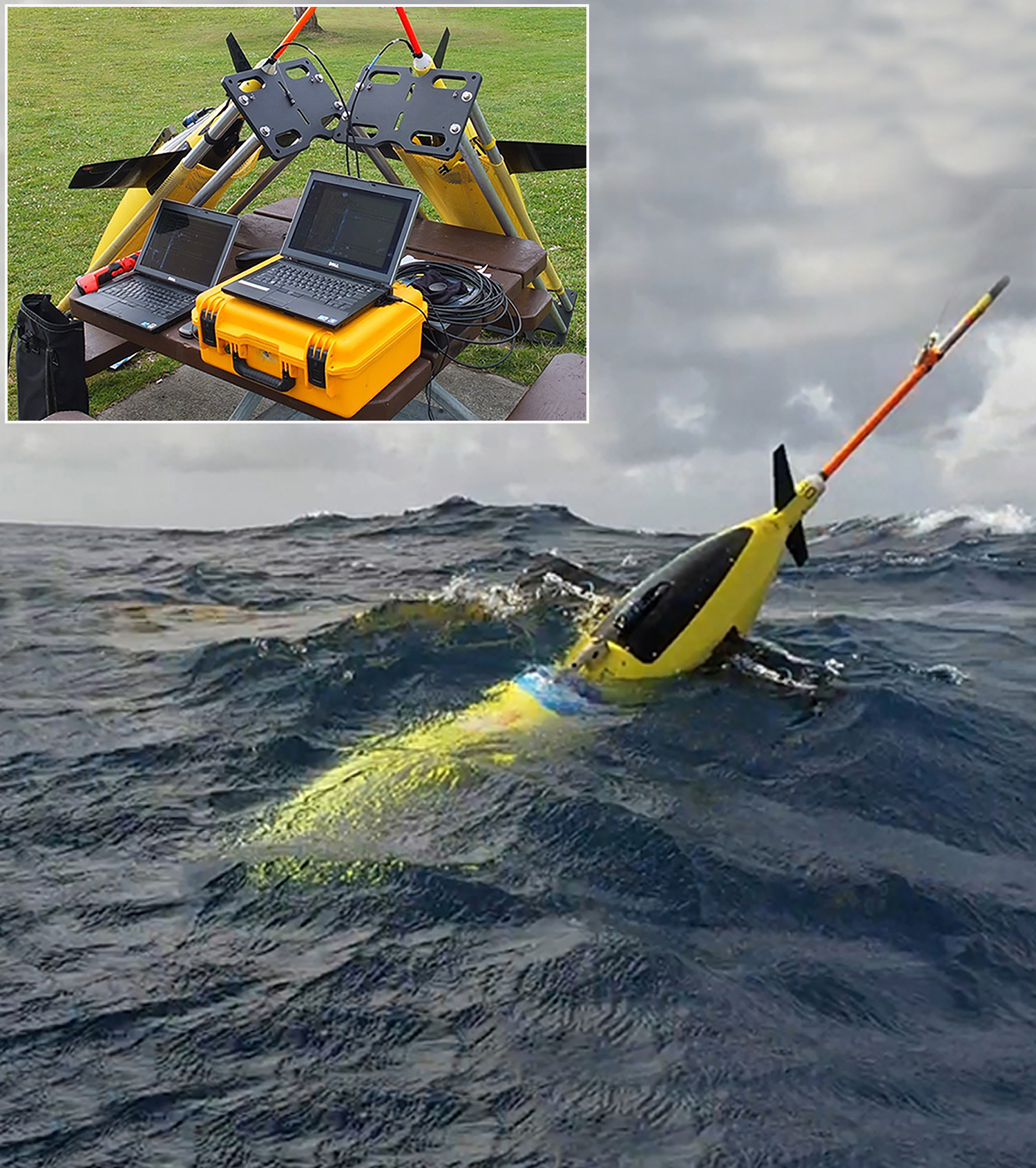
Uncrewed systems are already working to chase hurricanes. Equipped with sensors to measure temperature and salinity down to a half mile below the ocean surface, sturdy robots are collecting data and transmitting it via satellite for use in hurricane forecast models.
Data pinpoint whether surface warm water pools can feed and increase the intensity of a passing storm, or whether cool, saltier water churned up from the deeper ocean may help weaken it.
In 2019, NOAA gliders collected about 10,000 ocean profiles in the Caribbean Sea and Tropical North Atlantic. Because of more collaboration and additional gliders, scientists expect to collect up to 50 percent more observations in 2020.
This year, NOAA welcomed eight new or expanded ocean partnerships.
Each partner is committed to discovering the deep ocean and returning with insights to enrich life within and above its waters, and to communicating broadly about the value of this fascinating hidden world. More extraordinary explorations and revelations advancing ocean science lie ahead.
To view the original NOAA story map, please see this version on the ESRI website offsite link.


